
Cycas revoluta care, watering, fertilizer and propagation Watering, Water plants, Ornamental
Cycas revoluta (Sotetsu [Japanese ソテツ], sago palm, king sago, sago cycad, Japanese sago palm) is a species of gymnosperm in the family Cycadaceae, native to southern Japan including the Ryukyu Islands. It is one of several species used for the production of sago, as well as an ornamental plant.The sago cycad can be distinguished by a thick coat of fibers on its trunk.

Cycas revoluta (Cycad, Japanese Sago Palm, King Sago Palm, Sago Palm) North Carolina Extension
The Cycas revoluta (Sago Palm) prefers a spot that consistently stays between 16 - 24°C (60 - 75°F). Propagating the Cycas revoluta (Sago Palm) To propagate the Cycas revoluta (Sago Palm), you'll have to divide the Cycas revoluta (Sago Palm) and grow each part separately. This is quite damaging, so don't do this too often.

Cycas revoluta (Cycadaceae) image 47402 at
Description Sago palms are slow-growing houseplants that take a fair few years (5 or more) to reach their maximum height of approximately 2ft when grown indoors. A plant may only produce one leaf per year, so don't expect lots of new foliage to appear during its growing period.

Cycas revoluta (Cycad, Japanese Sago Palm, King Sago Palm, Sago Palm) North Carolina Extension
Description Sago palm is a tropical and sub-tropical showy evergreen member of an ancient plant family known as Cycadaceae, dating back 200 million years ago. The plant is native to the Japanese Island of Kyusha, the Ryukyu Islands, ad southern China. They are found in thickets along hillsides.

Cycas revoluta How to grow & care
It grows best when surrounding temperatures hold at around 70 to 72°F (20 to 22°C) and requires very good light, even direct sunlight. Choose for it a place near a window facing to the South or West so that it would bathe in a good deal of both indirect light and sunlight.
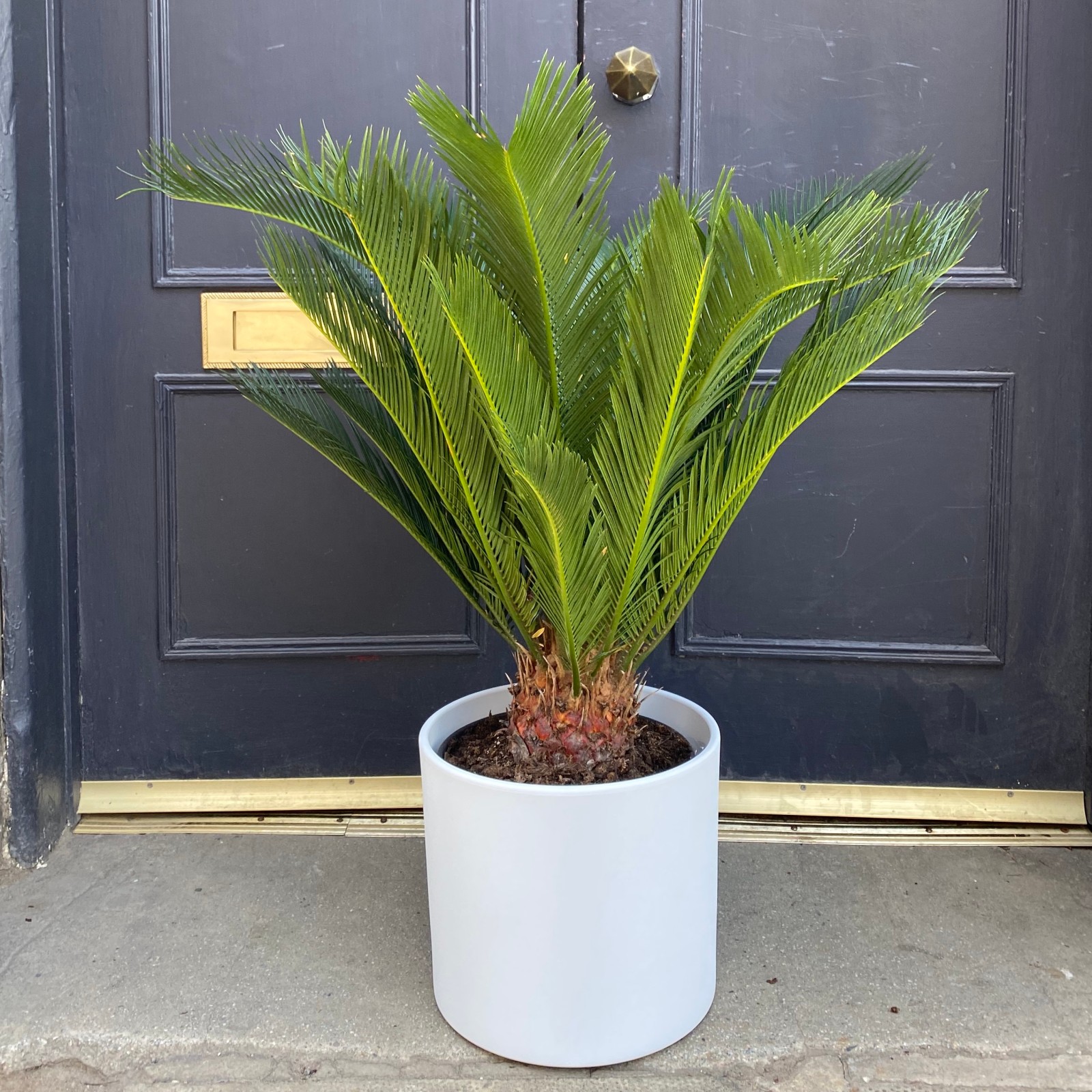
Cycas revoluta XL grow urban.
Where to Plant Sago Palm Sunlight: Sago Palms grow well in areas with partial shade.or bright light with some protection from the full sun. Soil: Sago Palms prefer moist, well-draining, slightly acidic soil with a pH of 5.5 to 6.5.

Cycas revoluta (Cycad, Japanese Sago Palm, King Sago Palm, Sago Palm) North Carolina Extension
Sago palms ( Cycas revoluta) are evergreen, slow-growing tropical plants with long arching green palm-like fronds or branches. Sago palms have a thick shaggy or hairy looking trunk. Sago palms are not true palm trees, but rather a type of ornamental cycad.

Cycas revoluta is the most commonly cultivated cycad. The plant pictured is producing a pollen
Cycas revoluta, is a species of gymnosperm in the family Cycadaceae, native to southern Japan including the Ryukyu Islands. It is one of several species used.
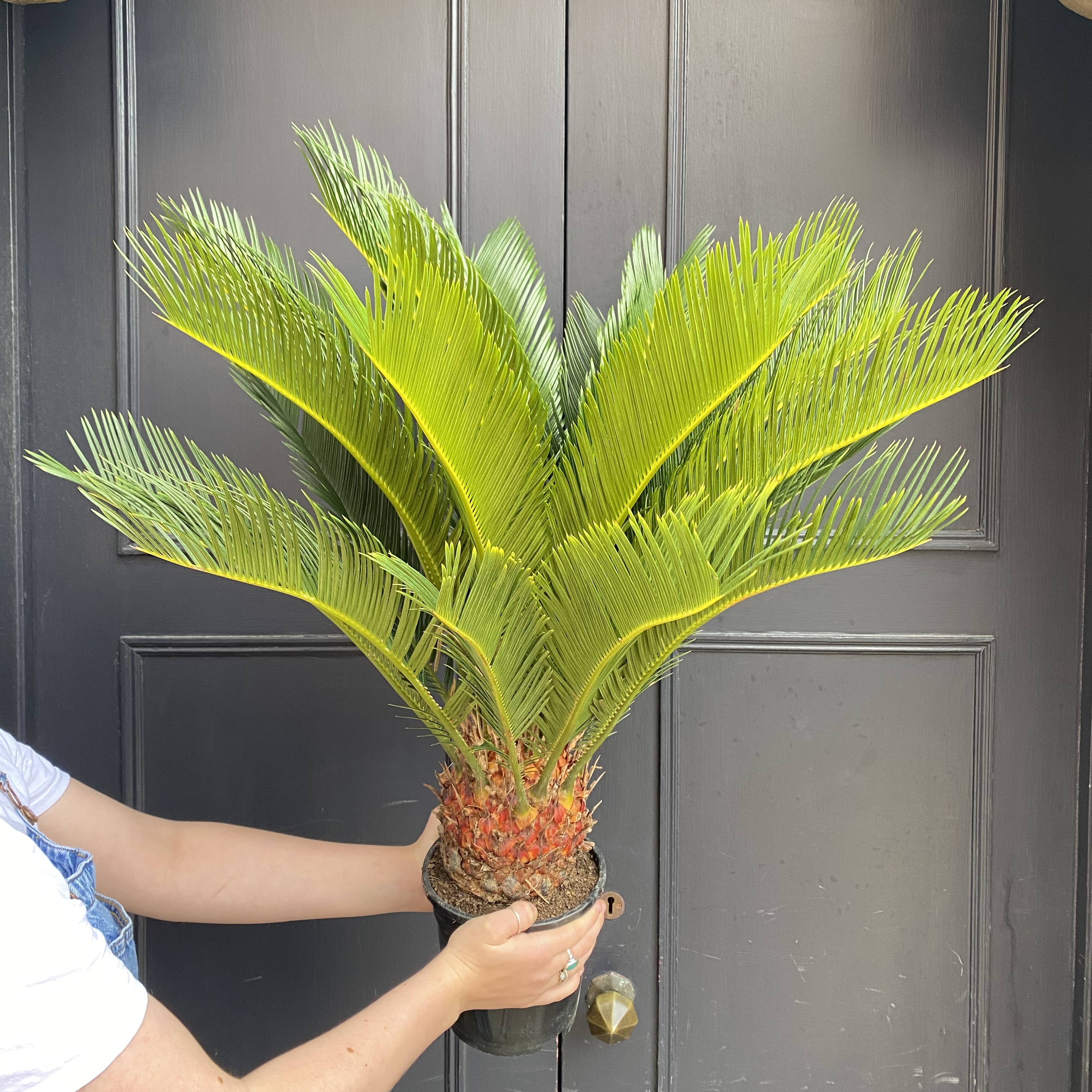
Cycas revoluta (17cm pot) grow urban.
Sago palm tree, or Cycas Revoluta, is one of the most widespread decorative plants. A beautiful palm tree aspect and robustness make this plant ideal to cultivate in your flower garden or yard. But what should you know about it? If you're tempted to grow Cycas Revoluta in your garden, this guide is for you.
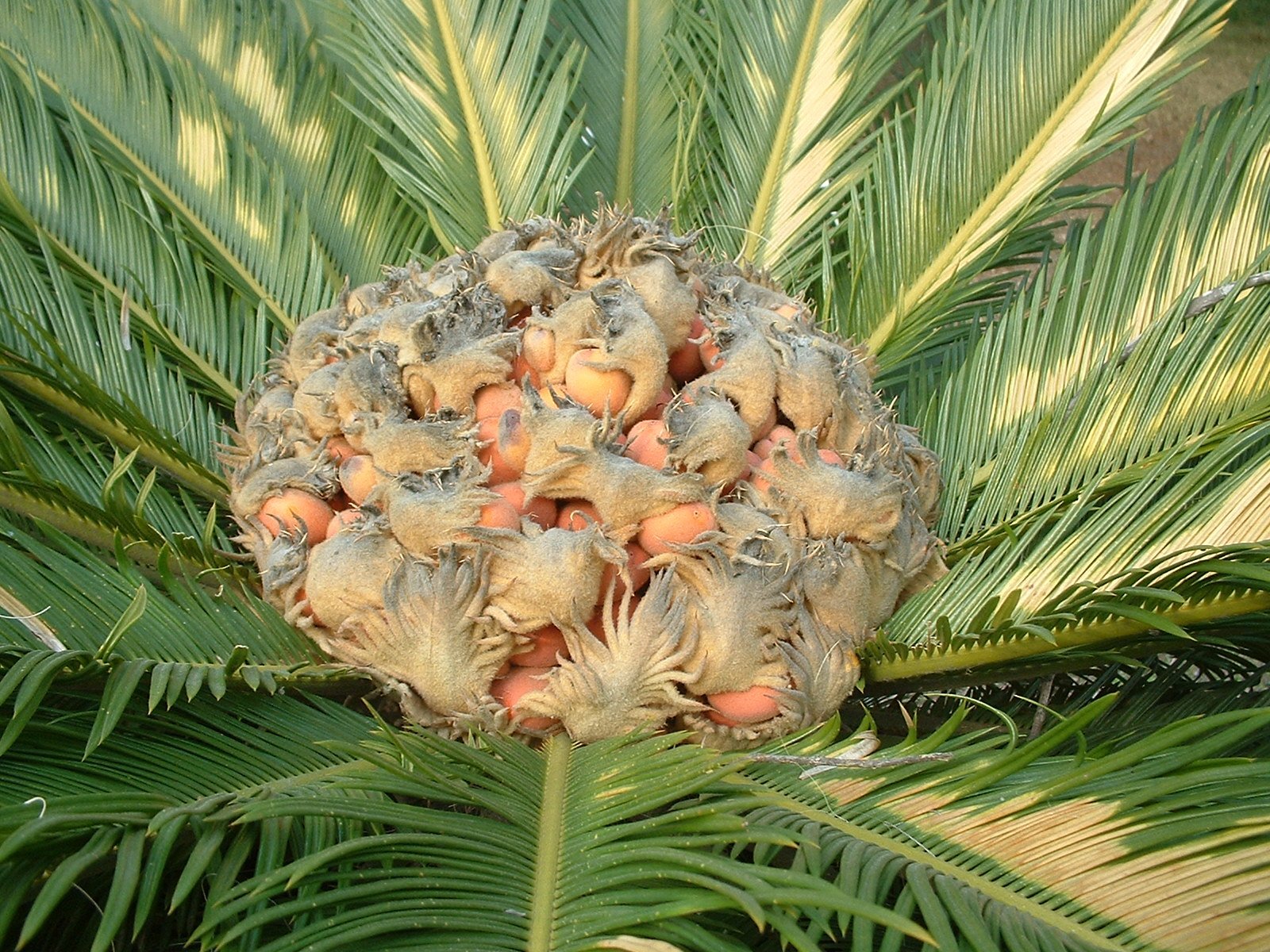
Cica Cycas revoluta Natureza Bela
Whether you are new to the adoption of palm trees within your indoor or outdoor spaces, Cycas revoluta is the ideal choice and a great way to kickstart your palm tree growing journey. Sago Palms are a popular choice for tropical gardens and indoor spaces due to their beauty and attractive fern-like foliage.
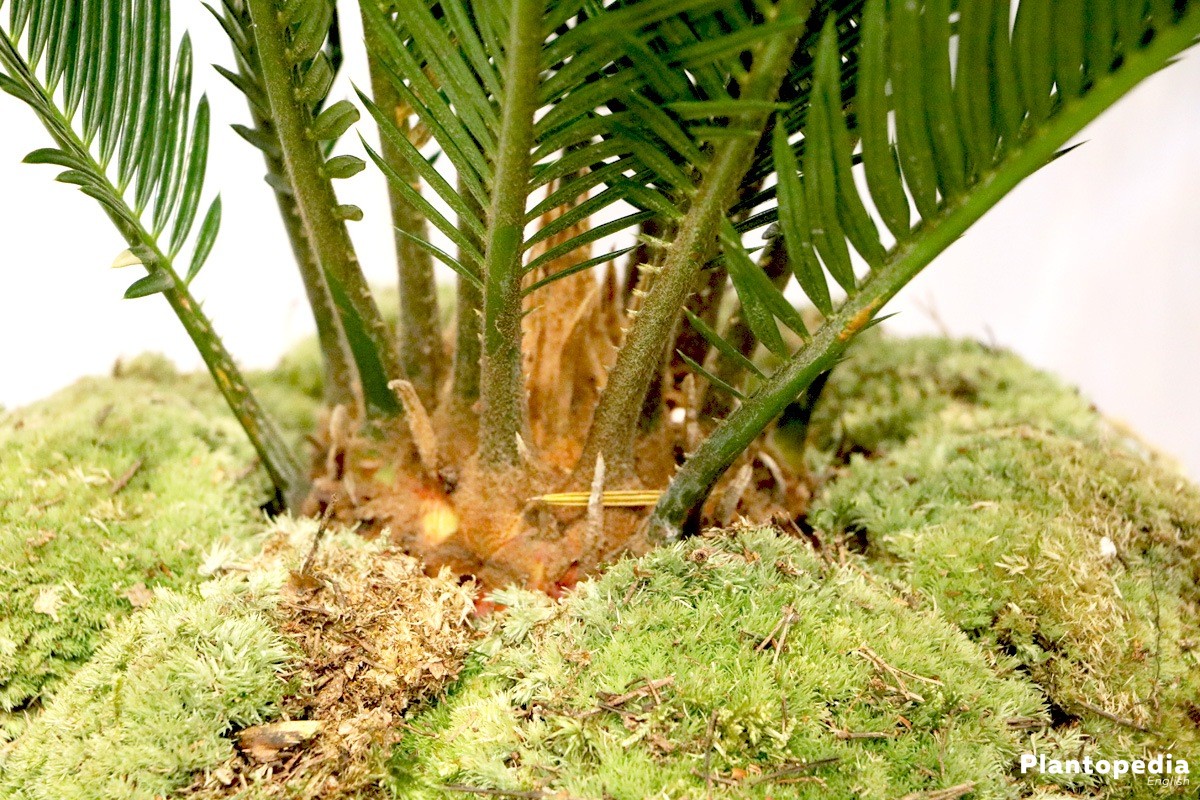
King Sago Palm Plant, Cycas revoluta How to Care Indoors Plantopedia
Sago palms ( Cycas revoluta) are also called king sago palm trees, cycad palms, or, being native to Japan, Japanese sago palms. These plants are members of an ancient group of plants known as cycads, which can be traced back to the time of the dinosaurs. Despite their name, sago palms are actually not palms at all.

How Cycas revoluta seeds grow YouTube
Caring For Cycas Revoluta Outdoors In The Landscape. Of course, if you like, set your potted Cycas outdoors in a sheltered area during temperate times of the year. In USDA hardiness zones 8b-11, the Sago palms can live outdoors year-round. In an outdoor setting, planted in the ground after many years plants can grow to a height of 10′ feet tall!
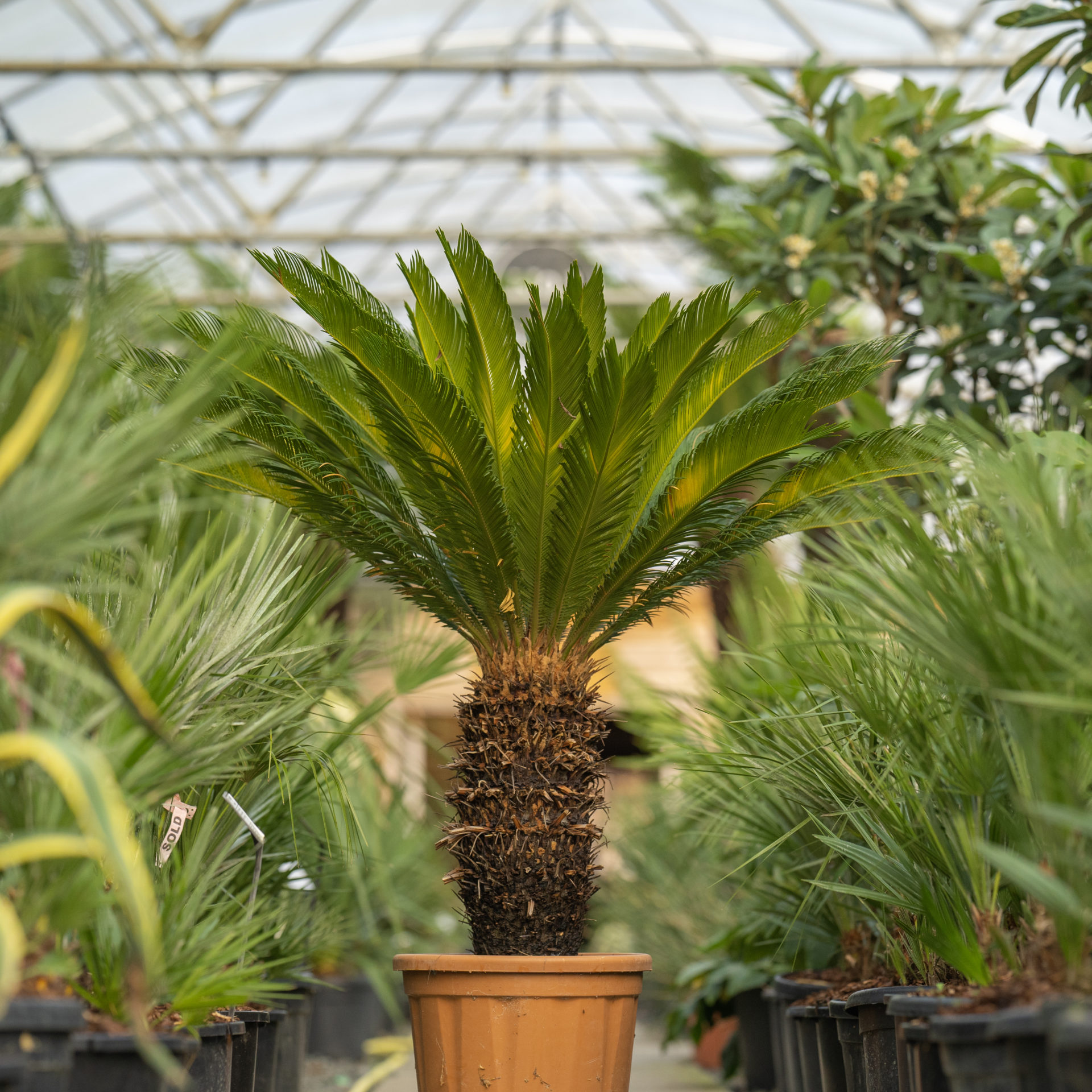
Cycas revoluta Architectural Plants
Sago Palms - Cycas Revoluta Cycas revoluta Contents Top Tips Location, Water, Humidity & Fertilisation Common Issues Origins, Temperature, Propagation, Repotting & Toxicity. Need the answer to a specific plant query? Book a 1-to-1 video call with Joe Bagley, the website's friendly author, to overcome and address your niggling problem!

Cycas revoluta (Cycad, Japanese Sago Palm, King Sago Palm, Sago Palm) North Carolina Extension
Cycas revoluta Sago palmPerennial, EvergreenFamily: Cycadaceae Height: 1.5m Spread: 1.5m Half hardy Foliage colour: Position Soil Sago palm, Cycas revoluta, is not a palm at all but a cycad. However its palm-like, feathery foliage, and cones, make it very similar to a palm or tree fern.

How to propagate Cycas by growing seeds / Grow Cycas easily at home YouTube
Cycas Revoluta, Sago Palm for gardens and rooms, with wonderfully green, long palm fronds, they are real eyecatchers. All about care, location and watering.. the propagation of cycas palms is extremely difficult. In order to germinate, seeds need a ground heat of 30 to 35 degrees. In addition, constant humidity around 80 percent is necessary.
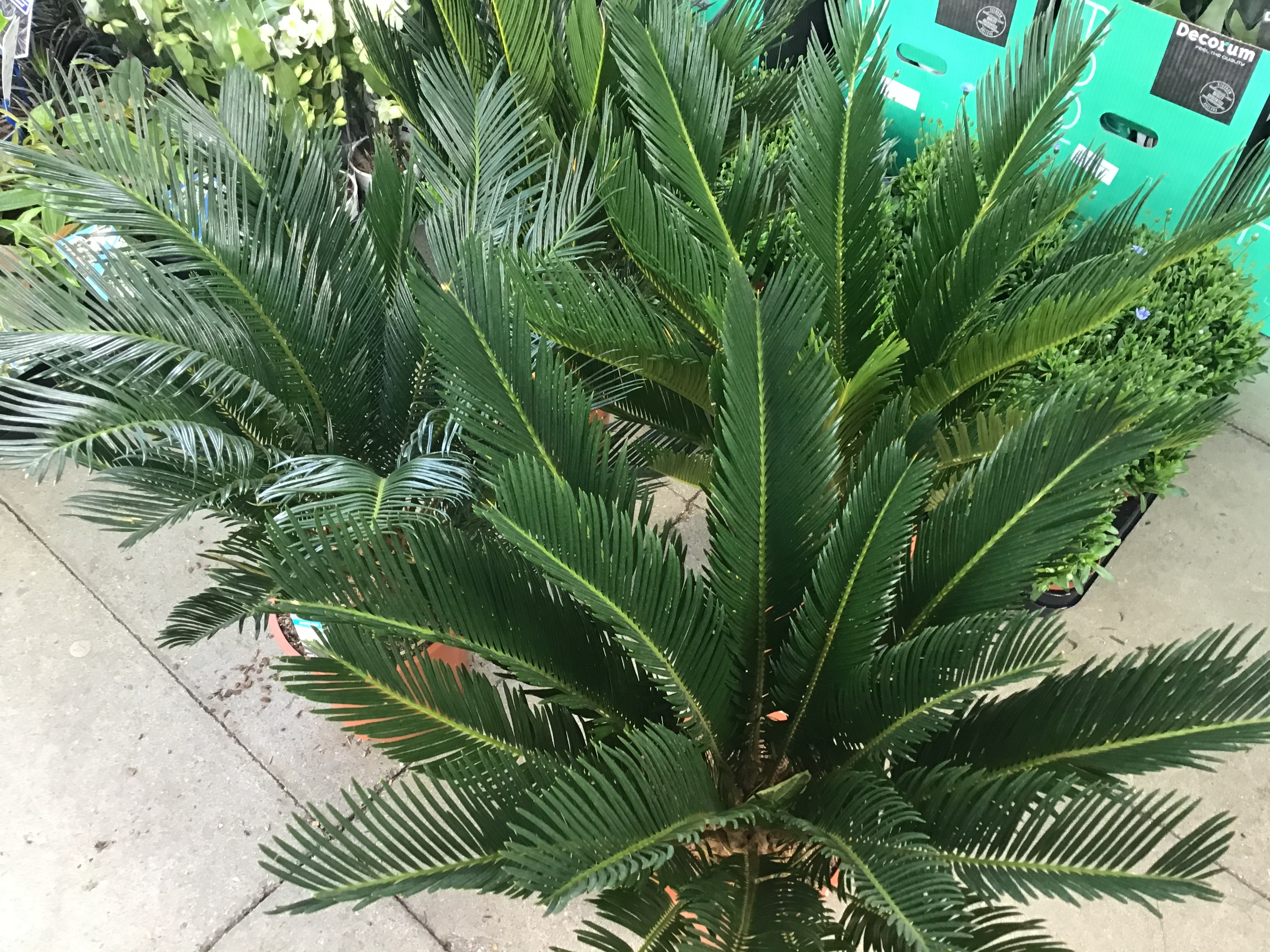
Cycas revoluta Kew Gardener
Care Types Pruning Propagating Growing From Seed Growing in Pots Overwintering Common Pests Common Issues FAQ Despite its common name, sago palm ( Cycas revoluta) isn't technically a true palm tree though it may have the appearance of other types of palm.